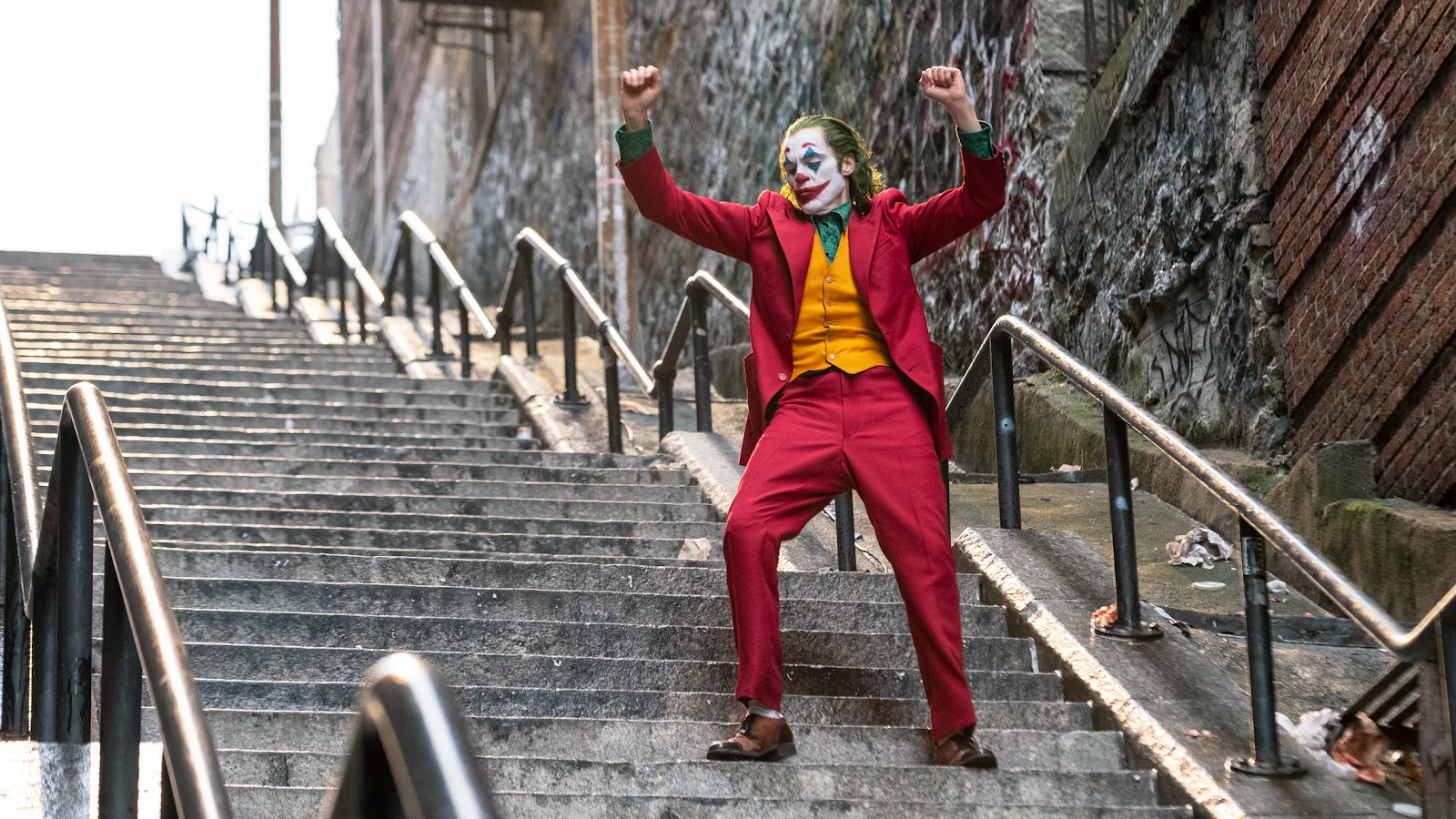Television Industry Contexts
Independent: British viewers can't get enough of foreign-language dramas
1) What does the article suggest regarding the traditional audience for foreign-language subtitled media?
Fifteen years ago, if you'd mentioned to a colleague that you'd spent Saturday night glued to a subtitled European drama, you'd have been quietly declared pretentious, dull and, possibly, a little odd.
3) The article makes an interesting claim about the popularity of subtitles in the multi-screen age. What does it suggest?
When we're frequently distracted from our TV viewing by Twitter feeds and a pinging WhatsApp, subtitles are welcome enforcement for us to focus.
4) What are the other audiences' pleasures of foreign TV drama suggested by the article?
The originals still dominate because they have something else: the locale that is such a fundamental part of their appeal. "We all love getting that insight into a different culture," says Deeks. "The unfamiliar setting gives a freshness to genre pieces."
Film School Rejects: The Foreign TV dramas you're missing out on
Now read this Film School Rejects feature on the foreign TV dramas you're missing out on. This contains some particularly useful background on Deutschland 83's reception internationally. If the website is blocked, you can access the article text here. Answer the following questions:
1) What does the article tell us about Deutschland 83's release schedule?
2) The article contains important statistics on viewing figures in different countries. What were the German viewing figures for the first and last episodes? What were Channel 4's viewing figures for Deutschland 83?
First episode - 3.19 million
3) Who are the two production and distribution companies behind Deutschland 83 and what did they announce in October?
Read this Guardian feature on how tech is changing television. This has some particularly useful aspects from an industry perspective - how TV is made, the different formats of TV drama and more. Answer the following questions:
1) How have streaming services such as Netflix or Amazon Prime changed the way TV drama narratives are constructed?
The California-based network Twitch – which began as an interactive gaming site before moving into original programming – is exploring the possibility of viewer-influenced TV dramas.
Other streaming networks, including Amazon, are also working on “choose your own adventure” shows. Such developments remain at the far edge of thinking but are merely an example of how radically digital technology is changing storytelling.
2) Why has the rise in streaming led to more complex storylines and an increase in cliffhangers?3) How has the "economics of production" kept TV drama largely sticking to the 45- or 60-minute episode format?
A surprise of the new TV has been its relative creative conservatism. Although streaming dramas can theoretically last anything from 60 seconds to 60 hours, there has so far been little structural experimentation. Episodes within a series may have unequal lengths, but the biggest hits of this revolution – The Crown, Stranger Things, House of Cards, Transparent – have chapter lengths that stay close to the half-hour or hour of traditional scheduled television.
This, it turns out, results not from creative conservatism but – as with Greene’s rationed narratives – from the economics of production. Shindler explains to me that dramas – regardless of how they will ultimately be screened – are usually shot in blocks. To maximise the use of time, and minimise the cost of actors and crew, while part of a drama is filming, another team is prepping the next section. So, while a streamed drama theoretically need not be divided at all, it still makes logistical and financial sense to hire on an episode basis.
4) How has "permanent 24/7 connectivity" changed both the production and consumption of TV dramas?1) What does David Hesmondhalgh argue with regard to how the creative industries have changed since the 1980s?
2) What is technological convergence?
3) How are technology companies challenging traditional broadcasters in the TV industry?
4) The global nature of modern television means producers are having to consider international audiences when creating content. What example from Netflix does the article use to explain this?

Comments
Post a Comment